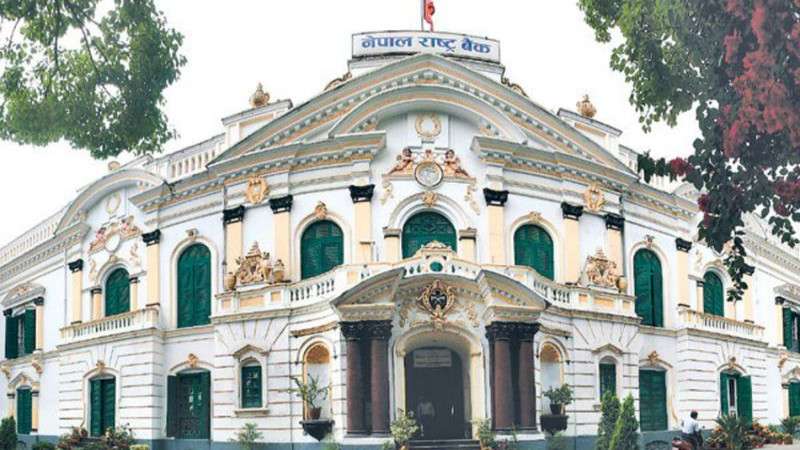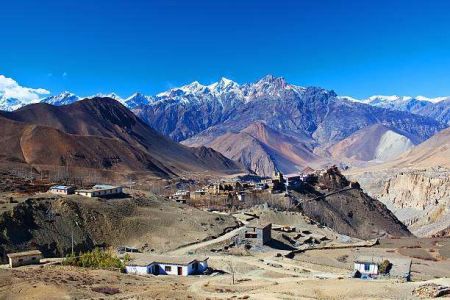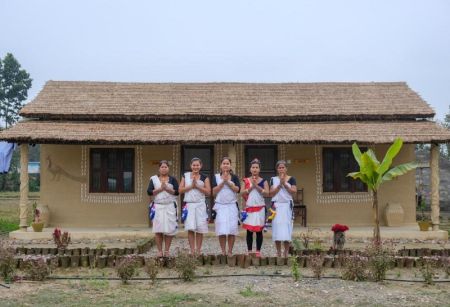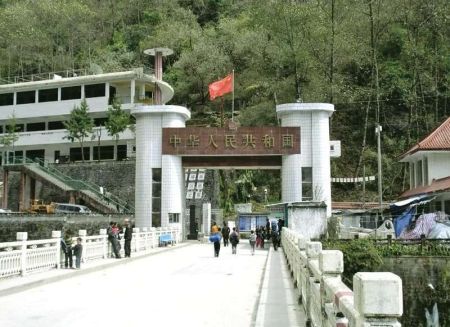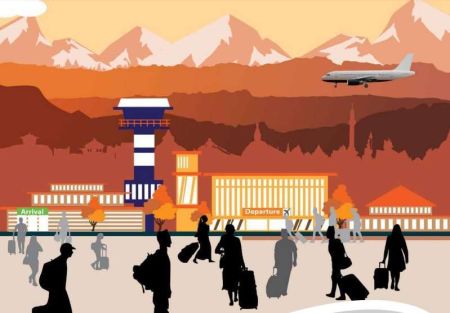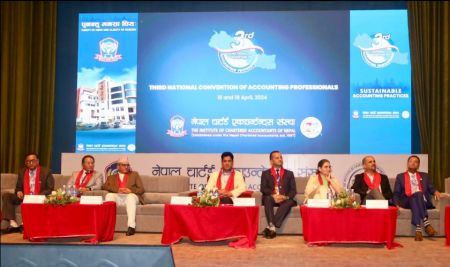November 4: Nepal Rastra Bank (NRB) has opened an application for refinancing facility up to a total of Rs 200 billion to provide relief to the people affected by COVID-19 and the subsequent lockdown. The demand for the refinancing facility has currently reached Rs 113 billion.
The central bank had instructed Banks and Financial Institutions (BFIs) to submit applications for lump sum refinancing to old borrowers at concessional interest rates by the end of Ashoj (mid-October). The regulatory department of Nepal Rastra Bank is working on the analysis and evaluation of the applications received to provide refinancing facility in the coming month of Mangshir (mid-November to mid-December).
According to Dr Gunakar Bhatta, spokesperson of Nepal Rastra Bank, the borrowers of 44 banks and financial institutions have applied for refinancing of up to Rs 72 billion as of the end of Ashoj (mid-October).
“Apart from this, there is a demand of Rs 41 billion from debtors. Out of the total demand of Rs 41 billion, the highest number of refinancing applications has been received from Bagmati Province,” he said, adding, “Work is being done to make the refinancing facility available by the end of Mangshir (mid-December).”
Out of the total refinancing facility of Rs 200 billion, 70 percent of refinancing facility will be given through commercial banks, development banks and finance companies in the current fiscal year. Meanwhile, 20 percent refinancing will be distributed by the central bank on the basis of its evaluation. The remaining 10 percent will be distributed through microfinance companies.
Athough the central bank had announced opening of applications for refinancing from A, B, and C class banks in the last two months, the applications for refinancing through microfinance has not been opened. NRB Spokesperson Bhatta says that the first priority was initially given to the highly affected and moderately affected sectors like hotels, tourism, etc.
According to him, only the current debtors affected by COVID-19 will be able to get such loans.
The repayment period of the borrower should be at least 1 year in order for them to be eligible for refinancing facility. In case of a borrower, who has availed a loan through more than one bank and financial institution, the application will be accepted only in a non-recurring manner.
Banks should include at least five customers and borrowers from each branch when selecting a loan for application. Nepal Rastra Bank has stated that it will not accept applications if they are submitted without following the proper procedures.
Liquidity in the market is expected to rise highly after the one-time refinancing is given to those who meet the criteria. At present, there is liquidity of Rs 201 billion in the market. After disbursing the refinancing amount, the banks will have to reduce the interest rate on the loan given to the old borrower affected by COVID-19 to 5 percent.
The refinancing procedure provides loan amount of up to Rs 1.5 million as 'micro, home and small enterprise loans'. Refinancing given by prioritizing a sector will be considered as special refinancing. This includes exports, women entrepreneurs, enterprises and businesses run by differently abled individuals, and refinancing provided in areas affected by natural disasters.
The lump sum refinancing period will be limited to one year at most and such loan will not be renewed.


